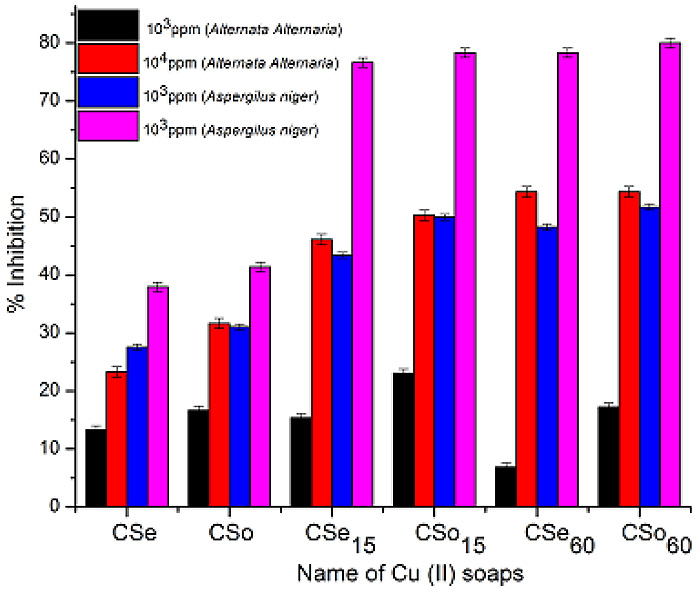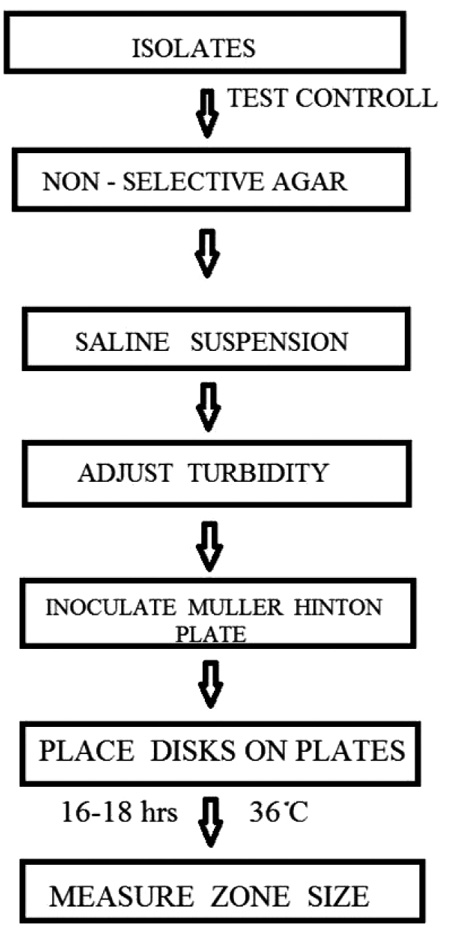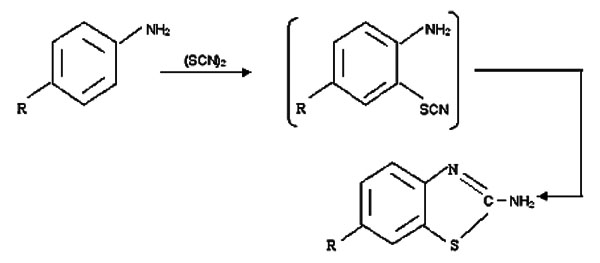RESEARCH ARTICLE
Structural Insights into the Molecular Design of HER2 Inhibitors
Avinash C. Tripathia, Pankaj Kumar Sonara, Ravindranath Rathoreb, Shailendra K. Sarafa, *
Article Information
Identifiers and Pagination:
Year: 2016Volume: 3
First Page: 164
Last Page: 181
Publisher Id: PHARMSCI-3-164
DOI: 10.2174/1874844901603010164
Article History:
Received Date: 29/12/2014Revision Received Date: 27/06/2016
Acceptance Date: 27/06/2016
Electronic publication date: 29/07/2016
Collection year: 2016
open-access license: This is an open access article licensed under the terms of the Creative Commons Attribution-Non-Commercial 4.0 International Public License (CC BY-NC 4.0) (https://creativecommons.org/licenses/by-nc/4.0/legalcode), which permits unrestricted, non-commercial use, distribution and reproduction in any medium, provided the work is properly cited.
Abstract
Background:
The present study was aimed at designing some potential candidates as HER2 inhibitors used in breast cancer.
Methods:
An energy optimized pharmacophore (E-pharmacophore) model was developed and used to screen the molecular databases (such as ASINEX and NCI databases) against a six site (ADHRRR) hypothesis. The shape similarity of the retrieved hits was calculated and then filtered applying ADME and Lipinski’s filters. Further, these hits were docked into the crystal structure of HER2 protein (3W32) using Glide XP protocol to obtain the docking poses and XP gscores. The performance of the virtual screening (VS) methods was evaluated using Schrödinger’s decoy set of 1000 molecules. Ranking of the actives in the VS protocol was assessed by a variety of well-established methods including the average rank of actives, EF, ROC, BEDROC, AUAC, and the RIE. The retrieved hits were submitted to Canvas for generating binary fingerprints (dendritic) to identify structural diversity among the hits and clustered on the basis of Tanimoto coefficient using hierarchical clustering.
Results:
Seven structurally diverse clusters were selected applying above protocol, having XP gscores >-10, and fitness scores > 1, considering top scoring cluster representative from each cluster. The best scoring hit 355682-ASINEX was submitted to Combiglide to discover some better candidates with improved scores. Finally, structural interaction fingerprint (SIFT) analysis was employed to study the binding interaction, which showed H-bond interaction with Met793, Gln791 and Thr854 residues of HER2 protein.
Conclusion:
The applied methodology and the retrieved hits could be useful in the design of potent inhibitors of HER2 proteins, commonly found to be expressed in the breast cancer patients.














